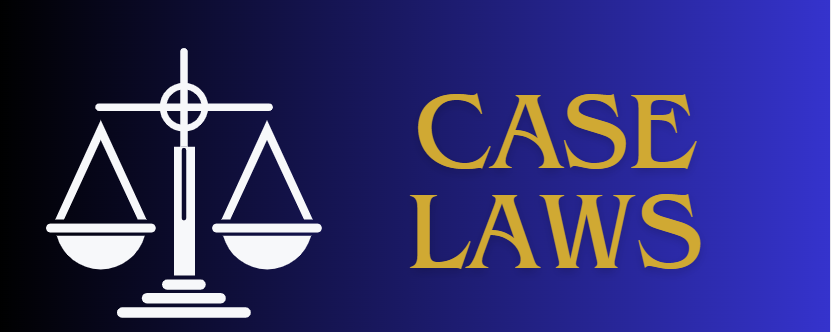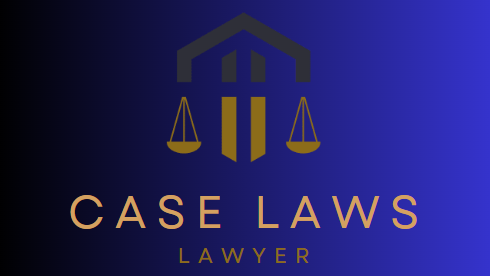Under Article 40 of the Qanoone-Shahadat, Order 1984, when any fact is deposed to as discovered in consequence of information received form a person accused of any offence, in the custody of a police officer, so much of such information, whether it amounts to a confession or not, as relates distinctly to the fact thereby discovered, may be proved.
The word ‘distinctly’ used in the provision means a fact that was not in the knowledge of anyone prior to its disclosure by accused. The place of occurrence pointed out by the appellants was not secret or a breaking news before it was disclosed by them, so it has no legal value and cannot be used as an incriminating piece of evidence against appellants.
Occurrence had taken place in the dark hours of the night where admittedly no source of light was available. This was their own case of the eye witnesses that when motorbike of assailants came close to them, till that time its head light was off so there was no question for them to see the faces of any of the assailants? It was then stated by them that the culprits switched on the head light. Even from this angle there was no possibility for the witnesses to see the features of the appellants and their co-accused because the head light of the motorbike was towards their faces and not the appellants.
IO in his statement admitted that no source of torch was mentioned in the complaint however this fact was introduced during the investigation. For the sake of arguments if it is considered that torch was there, why it was not taken into possession? Prosecution stands with lips tight here.
Reverting to the identification parade, that is also called ‘Police Lineup’ (in American English) and ‘Identity Parade’ (in British English) means that a line of people who stand next to each other while someone tries to identify one of them as the person who has committed the crime. It is a relevant fact under Article 22 of the Qanoon-e-Shahadat, Order 1984. It is not a requirement of law but only one of the methods to test the veracity of the evidence of an eye witness who had an occasion to see the accused and claims to identify him. The evidence offered through identification proceedings is not a substantive piece of evidence but is only corroborative of the evidence given by the witnesses at the trial. It has no independent value of its own and cannot as a rule, form a sufficient basis for conviction though the same may add some weight to the other evidence available on record. It is also not a rule of law but a rule of prudence. Identification parade is governed by Volume III, Chapter 11-G, Part-C of the Rules and Orders of the Lahore High Court, Lahore and paragraph No. 26.32, Chapter XXVI of the Police Rules, 1934 and various instructions issued by the Government The important features for a valid identification parade are as under: -
i. The proceedings shall be conducted under the supervision of a Magistrate.
ii. Proceedings shall be held inside the jail.
iii.Identification shall be carried as soon as possible after the arrest of suspect.
iv. Once the arrangements for proceedings have been undertaken, the Officer investigating the case and any Police Officer assisting him in that investigation should have no access whatever either to the suspect or to the witnesses.
v. List of all persons included in identification should be prepared, which should contain their names, parentage, address and occupation.
vi. The suspects shall be placed among other persons similarly dressed up, of the same religion and of same social status.
vii. There shall be proportion of 8 or 9 such person to one suspect.
viii. The identifying witnesses shall be kept separate from each other and at such a distance from the place of identification as shall render it impossible for them to see the suspects or any of the persons concerned in the proceedings, until they are called upon to make identification.
ix. Each witness shall be brought up separately to attempt his identification. Care shall be taken that the remaining witnesses are still kept out of sight and hearing and that no opportunity is permitted for communication to pass between witnesses who have been called up and those who have not.
Magistrate deviated from the instructions (ibid) for a proper identification parade. The illegalities committed by him are as under: - i. ii. iii.
He conducted the proceedings in an open ground inside the jail so on this reason alone no sanctity can be attached to this exercise.
ii. List of all persons included in the identification parade although contains the names and parentage but the addresses and occupations are not recorded.
iii.It does not indicate that the suspects were placed among other persons similarly dressed up, of the same religion and of same social status.
iv. It is silent that the identifying witnesses were kept separate from each other and at such a distance from the place of identification as rendered it impossible for them to see the suspects until they were called upon to make identification.
v.Firstly Nazar Muhammad, then Abdul Ghaffar and finally Muhammad Wazeer were called but surprisingly every witness after he completed his job was simply sent back that means that he had the contact with the identifying witness who still had to join the proceedings.
vi. The proceedings are completely unvoiced that where the witnesses were made to sit and where they had to go after they did the assignment?
It is surprising that recovery at the instance of accused was made from the jurisdiction of Police Station Kehror Pakka but the Investigation Officer did not bother to make any entry in the Roznamcha of that Police Station or to join any of the officials from there.
The positive report of firearm expert shall also play no role in this case once the recoveries have been disbelieved. 12 empties were collected from crime scene on 31.05.2016 and surprisingly sent to expert on 21.06.2016 just one day earlier to the arrest of appellants and Javed. No explanation is there that why the empties were kept in Police Station and were sent just 24 hours earlier to the arrest of appellants and their co-accused? Even from this dimension the report of PFSA has lost its value and cannot be used against appellants.

















0 Comments